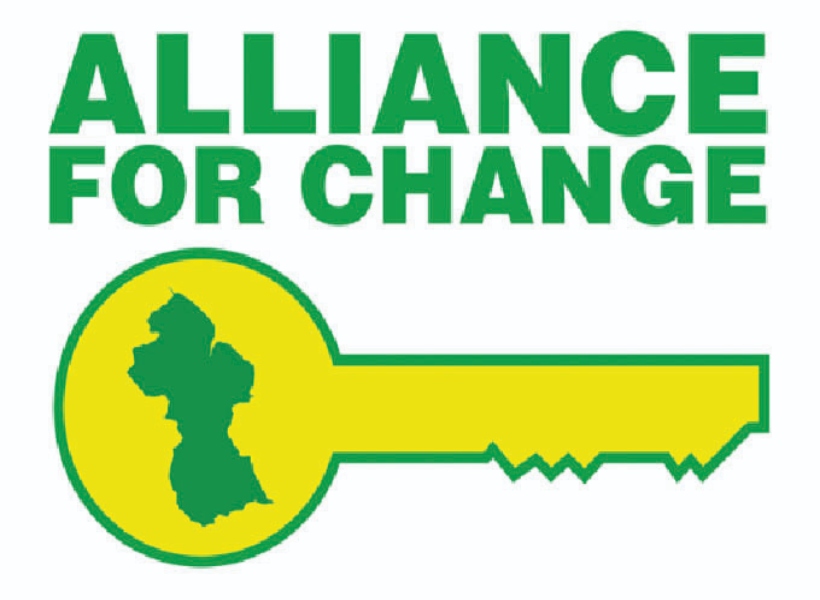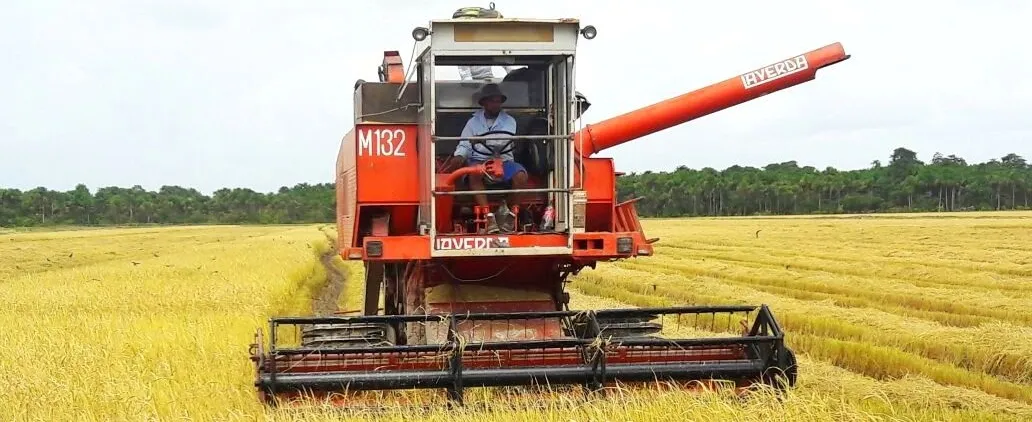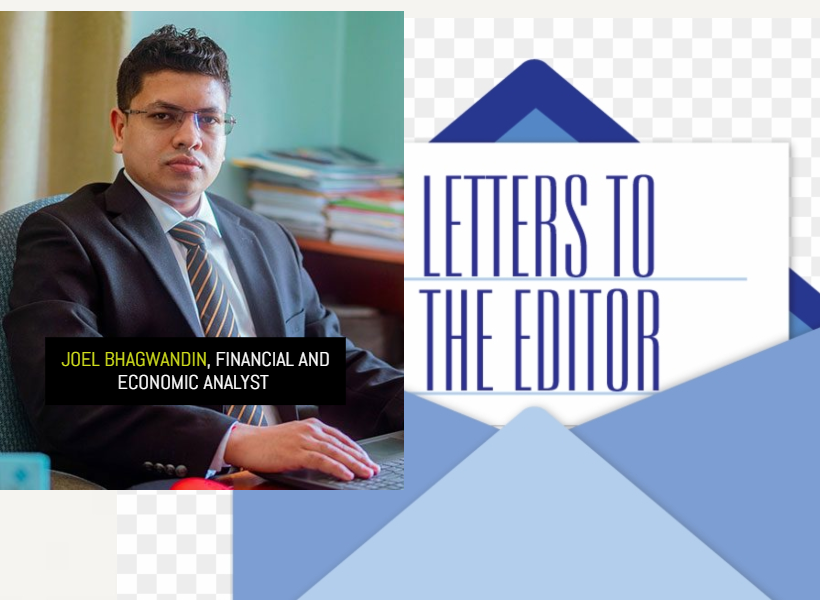Dear Editor,
Former ambassador to Kuwait, Shamir Ally, sought to disparage President Irfaan Ali’s recent visit to China. His insinuations and characterization of the President was utterly distasteful, and I dare say quite an unbecoming trait for a former diplomat.
I would like to address one of his misinformed contentions―where he criticized Guyana for its possible collaboration with China to finance the Brazil/Guyana road link and the deep-water port. In so doing, he likened this initiative to the failure of a similar project referencing Sri Lanka, implying that such a project with China’s involvement could expose Guyana to similar risk of economic crisis that Sri Lanka is experiencing.
Other well-credentialed persons have also subscribed to this view in the recent past, such as former Auditor General, Anand Goolsaran and a few other accountants who dabble in Guyana’s politics. However, the proponents of this view failed to perform a comparative analysis of the economic and political situation of the two countries, which is vastly different. China’s belt and road initiative was not the causation of the economic crisis that Sri Lanka experienced.
According to the IMF and UNDP country reports, there are principally four underlying factors that were responsible for Sri Lanka’s economic crisis. The first is the Sri Lankan civil war which lasted for more than two decades from 1983 – 2009. By 2007, up to 70,000 persons had been killed. Second, there was the 2017 drought which crippled the agriculture sector, third the 2018 political crisis and fourth, the 2019 terrorist attacks.
These events, coupled with other exogenous factors virtually caused the Sri Lankan economy to collapse. In 2021, the debt level represented 119% of GDP and even a US$4 billion bail-out from the IMF was deemed insufficient to save the country.
Contrasting the Sri Lankan situation with Guyana, fortunately for us, we’ve never had a civil war, and was never the victim of terrorist attacks. Guyana’s political and economic history are immensely different, one in which the country evolved from a bankruptcy in the early 90s, to economic stability before oil discovery in 2015. Before I elaborate on the Guyana’s situation further, in contrast to Sri Lanka, I have also noted the shadow finance minister describing the recent increase in the debt ceiling as “reckless borrowing”.
The fact is that Guyana’s debt sustainability indicators are well within the sustainable prudential benchmarks. The latest increase of the debt ceiling represents 56.9% of 2022 real-GDP and 45% of the GDP forecast for 2023. As of 2022, the debt-to-GDP ratio was recorded at 26% and debt service to revenue ratio was 7%.
This means that 7% of the current revenue of the government is used for debt service payments. Even if the oil revenue is excluded and only consider the debt payments to be serviced by the non-oil economy, the debt repayment represents 12.5% of the non-oil revenue for 2022. This is also well below the sustainable maximum benchmark of 30% of revenue. The external debt-to-GDP ratio as of 2022 was recorded at 11% and projected to grow by one percentage point in 2023 to 12%, while the overall debt-to-GDP forecast for 2023 is 25%.
For context, the debt burden per capita (per person) in the case of Guyana is US$4,679. Conversely, the debt burden per capita of the United States is US$91,743, almost 19 times more than the debt burden per person in Guyana.
Now, let’s test the shadow finance minister’s argument to determine whether a decline in oil price could actually plunge the economy in a real crisis. In the table attached, it shows that in 2020, the debt-to-GDP ratio represented 24% of overall GDP and 38% of non-oil GDP, while the debt service to revenue ratio was 8% of current revenue. Based on the projections for 2023, the total public debt represents 25% of overall GDP and 78% of non-oil GDP, while the debt service to revenue ratio is 7% of current revenue, and 13% of non-oil revenue.
This means that even if oil revenue is nil (in a worse-case scenario), the non-oil revenue is sufficient to service debt payments which is well below the maximum sustainable benchmark of 30%.
Furthermore, from looking at the projected growth in debt repayments from 2020-2023 relative to the projected growth in current revenue for the same period, current revenue is projected to grow by 154% while debt service payments are projected to grow by 107% or by 47 percentage points less than the growth in revenue. As such, this is another good indicator of financial prudence whereby the rate of growth in current revenue is greater than the rate of growth in debt service payments. If the inverse manifests, then there would be cause for concern.
Against these backgrounds, whether the government wishes to engage China to build a deepwater port and the road linkage between Guyana and Brazil or not, these developments are unlikely to pose any detrimental risks for the economy. Now is the time to build these infrastructure which will aid in creating new industries and new streams of revenue for the country―all within a sustainable economic framework.
In the final analysis, the notions that the level of borrowing is reckless and that declining oil prices could push the economy into a crisis, are farfetched at this point.
Yours respectfully,
Joel Bhagwandin









